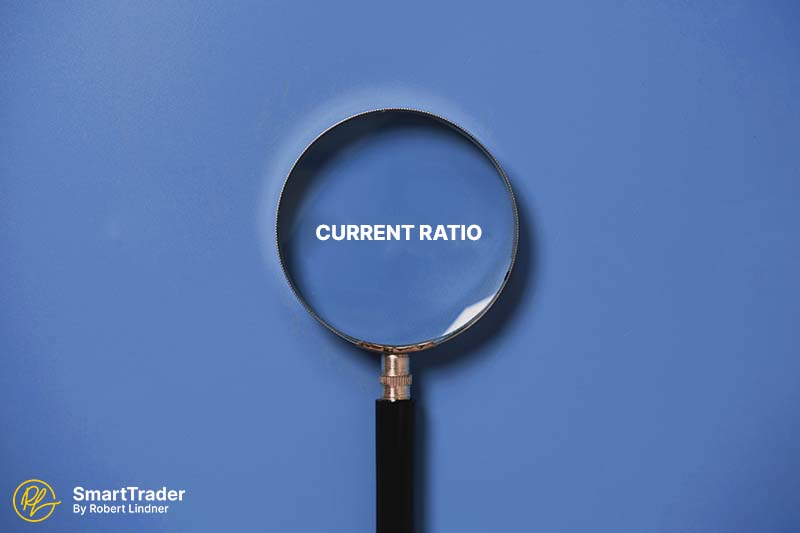[kar-ant ‘rā-she-,o]
The current ratio is a financial ratio that measures a company's ability to pay off its short-term liabilities with its current assets.
What is Current Ratio (CR)?
The Current Ratio is a financial ratio used to evaluate a company's liquidity by measuring its ability to meet its short-term obligations, which include those due within a year. It is calculated by dividing a company's current assets by its current liabilities.
Mathematically, current ratio is expressed as:
Current Ratio = Current Assets / Current Liabilities
A current ratio of 1 or greater is generally considered good, as it means that the company has enough current assets to cover its current liabilities. However, a very high CR may indicate that the company is not using its current assets efficiently.
Key Takeaways
- The CR is a measure of a company's liquidity and ability to meet its short-term obligations. It helps assess whether a company has enough current assets to cover its current liabilities.
- A current ratio of 1 or higher generally indicates that a company can comfortably meet its short-term obligations, while a CR less than 1 may suggest that the company may have difficulty paying its short-term liabilities.
- A very high CR may indicate that the company is not using its current assets efficiently. This could be due to excess inventory, uncollected receivables, or other factors that prevent the company from converting its current assets into cash.
- The CR should be used in conjunction with other financial ratios and metrics to get a more comprehensive understanding of a company's financial health.
Example
The company has the following current assets and current liabilities:
- Current Assets: $100,000
- Current Liabilities: $50,000
To calculate the CR, we divide the company's current assets by its current liabilities:
CR = Current Assets / Current Liabilities
CR = $100,000 / $50,000
CR = 2
In this example, the company's CR is 2. This means that the company has $2 in current assets for every $1 in current liabilities, indicating that it should be able to cover its short-term obligations comfortably.
Back to Glossary.




